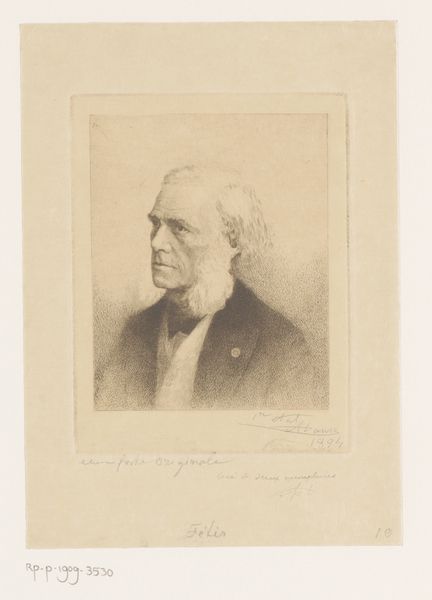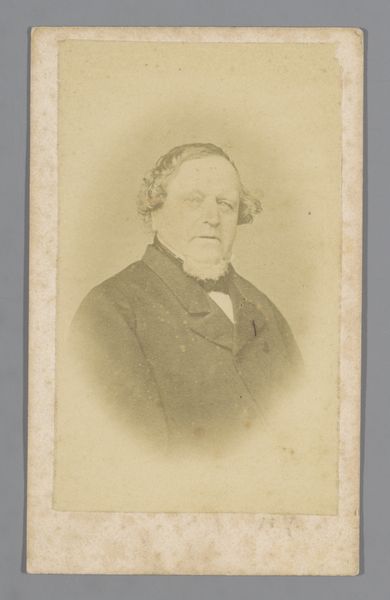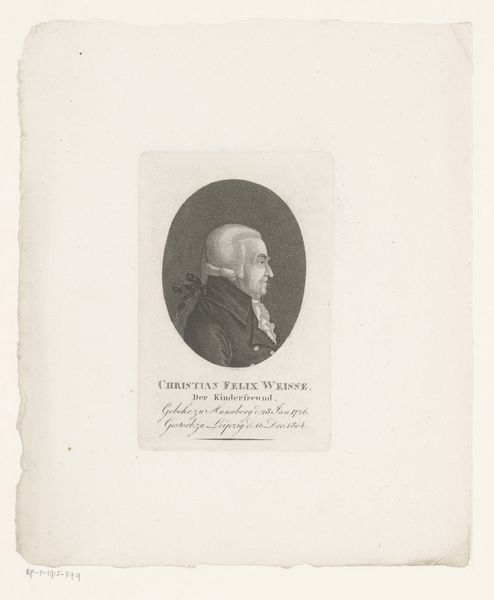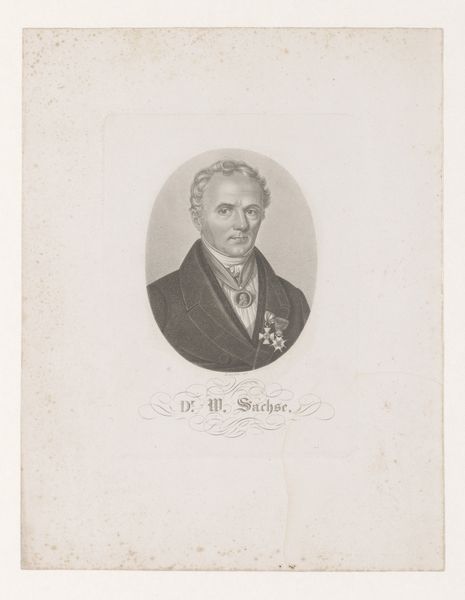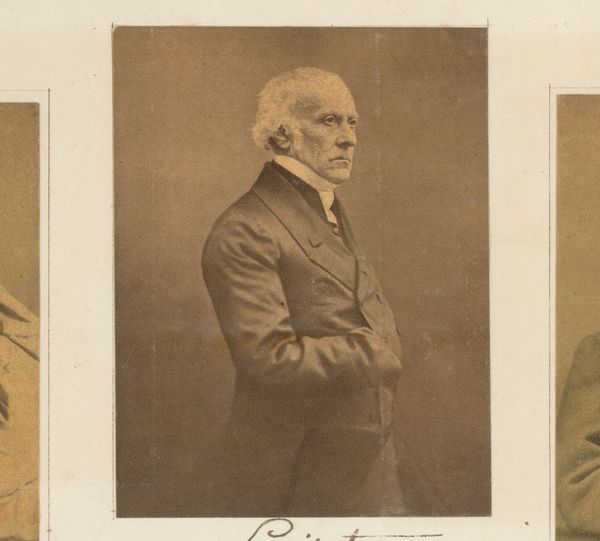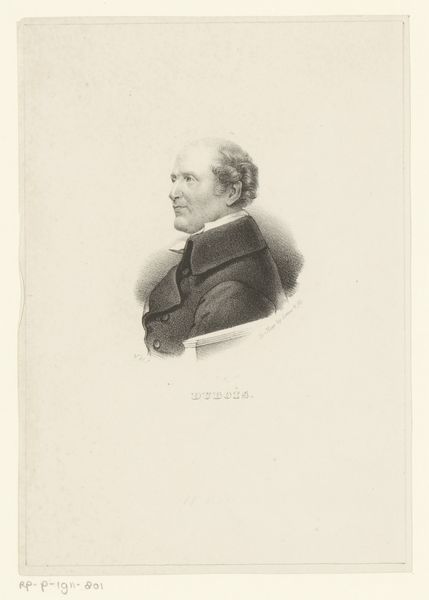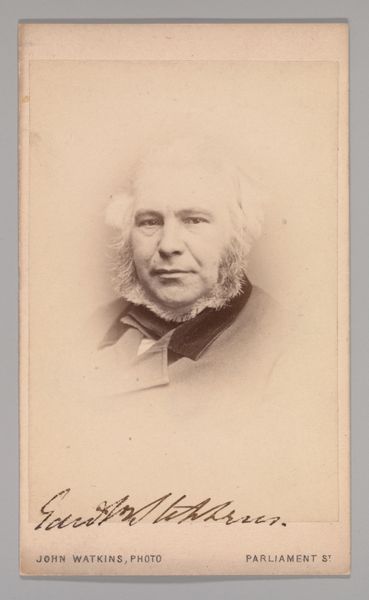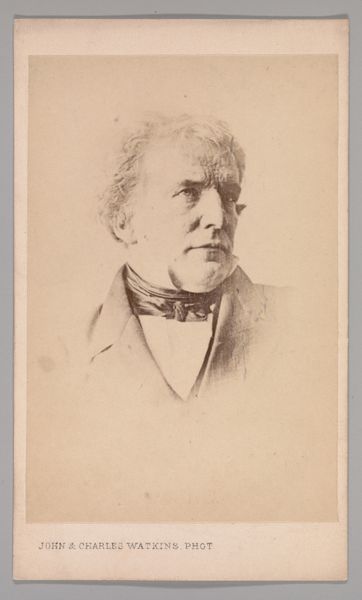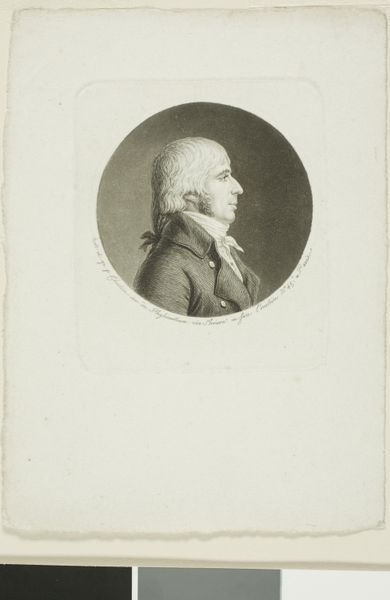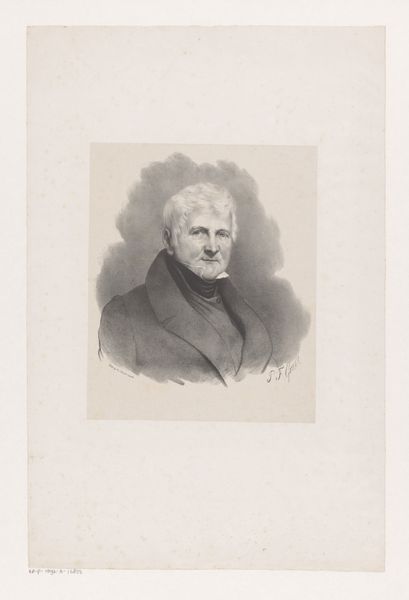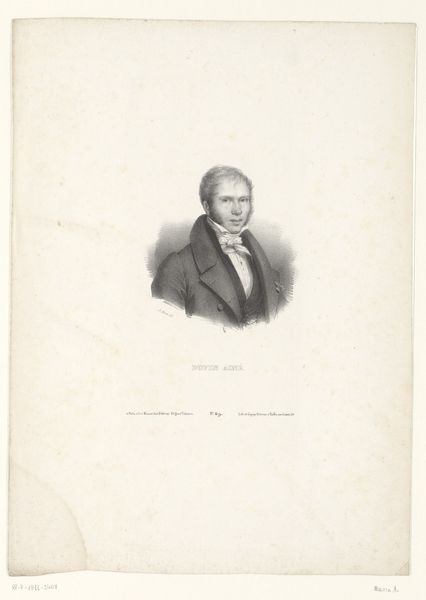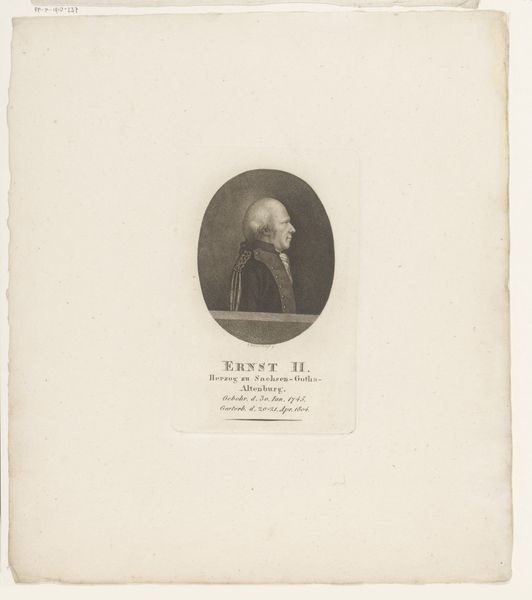![[George Thomas Doo] by John and Charles Watkins](/_next/image?url=https%3A%2F%2Fd2w8kbdekdi1gv.cloudfront.net%2FeyJidWNrZXQiOiAiYXJ0ZXJhLWltYWdlcy1idWNrZXQiLCAia2V5IjogImFydHdvcmtzLzBkNjBkYmYwLTMxZGYtNDRlZi1hODgwLWQwYmQxM2Q1ZmVmOS8wZDYwZGJmMC0zMWRmLTQ0ZWYtYTg4MC1kMGJkMTNkNWZlZjlfZnVsbC5qcGciLCAiZWRpdHMiOiB7InJlc2l6ZSI6IHsid2lkdGgiOiAxOTIwLCAiaGVpZ2h0IjogMTkyMCwgImZpdCI6ICJpbnNpZGUifX19&w=3840&q=75)
daguerreotype, photography, gelatin-silver-print, albumen-print
#
portrait
#
daguerreotype
#
photography
#
gelatin-silver-print
#
men
#
albumen-print
Dimensions: Approx. 10.2 x 6.3 cm (4 x 2 1/2 in.)
Copyright: Public Domain
Curator: This portrait, "George Thomas Doo," was created in the 1860s by John and Charles Watkins. It's a captivating example of 19th-century photographic portraiture, realized as an albumen print. Editor: It’s surprisingly subtle. The tones are muted, and the sitter seems very still, caught in a moment of quiet contemplation. There's something both intimate and distant about it. Curator: These photographic cartes-de-visite served an important social function. They democratized portraiture and were circulated among family and friends, forging and reinforcing social bonds within communities. To consider it through a Marxist lens, we can view these circulated photographs as part of an exchange of cultural capital among various groups. Editor: I'm struck by how meticulously controlled the photographic process was. Albumen printing demanded specific chemicals and particularized paper preparations that allowed the photograph to capture such striking detail from light, laboriously manipulating material elements to translate social aspirations into image. Curator: Absolutely. Also consider George Thomas Doo’s social position as inferred by his dignified demeanor and dress, which tells a story of class, masculinity, and the era's ideals, reminding us that the sitters’ identities were carefully curated for public consumption and, often, advancement. Editor: It’s also worth noting how fragile albumen prints can be. Preserving them becomes its own labor, maintaining the photographic process and material investments by later owners who valued it. Curator: And within the context of gender, the men dominating these early portrait practices underscores Victorian social biases of their day. Photography might have promised democratization, but it initially reinforced traditional social hierarchies. Editor: Thinking about this print through materiality adds a different lens than focusing on gender theory. The chemistry behind it all reflects another story regarding labor, technology and value during that historical moment. Curator: I concur that, ultimately, it’s at this nexus that we understand and see this photo both as artifact and historical subject, adding layers of historical significance and interpretation. Editor: Agreed. These albumen prints provide enduring physical testimonies that show how materiality continues to convey and maintain historical significance.
Comments
No comments
Be the first to comment and join the conversation on the ultimate creative platform.
